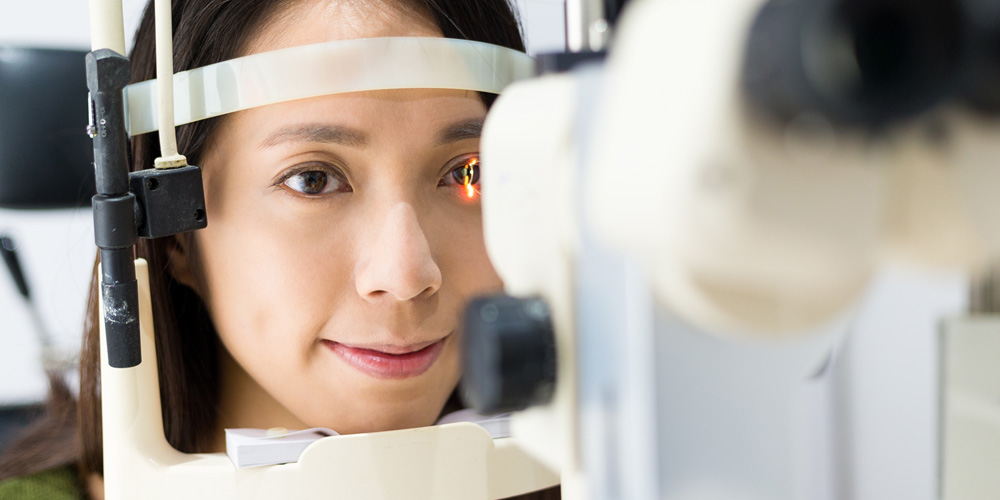When it comes to your eyesight, it is important to make sure you choose a good ophthalmologist. Dr. Garrick Rettele has been practicing and performing eye surgeries at Coffeyville Regional Medical Center for 14 years.
Blepharoplasty
The surgical modification of the eyelid
Excess tissue such as skin and fat are removed and repositioned, and surrounding muscles and tendons may be reinforced. It can be both a functional and cosmetic surgery.
Cataract Surgery
This is a procedure in which an ultrasonic device is used to break up and then remove a cloudy lens or cataract from the eye to improve vision. Phacoemulsification, or phaco, as surgeons refer to it, is used to remove cataracts and implant a lens to restore vision in patients whose vision has become cloudy from cataracts. In the first stages of a cataract, people may notice only a slight cloudiness as it affects only a small part of the lens, the part of the eye that focuses light on the retina. As the cataract grows, it blocks more light and vision becomes cloudier. As vision worsens, the surgeon will recommend cataract surgery, usually phaco, to restore clear vision.
Entropion Repair
Entropion is the medical term used to describe rolling inward of the lower eyelid and eyelashes towards the eye. The skin of the eyelid and the eyelashes rub against the cornea (the front part of the eye) and conjunctiva (the mucous membrane that protects the eye). This rubbing can lead to excessive tearing, crusting of the eyelid, mucous discharge, a feeling that something is in the eye, irritation of the cornea and impaired vision.
Nasal Lacrimal Duct Probing
(for blocked tear ducts)
The eyes usually have just enough tear fluid to keep them wet. It is not unusual for a baby to be born before these ducts are completely open. This usually has no effect except for watery eyes and most children just grow out of it.
The condition can become more serious, however, when tear fluid builds up inside the nasolacrimal duct. Eventually, the duct can become irritated and infected. This can lead to a permanent blockage. The doctor might recommend a procedure to open the duct, called nasolacrimal duct probing.
If you have questions about any of these procedures or other ophthalmological procedures, please call Teresa Barker at 620-252-1581.


